Efficient, rapid climbing has been the cornerstone of Chris Froome’s three TDF wins. Unfortunately, not everyone is a born mountain goat. With practice, however, even the most flat-land-loving rider can improve when the road goes up. Here are our tips for unleashing some of your inner Froome, our ultimate guide to climbing hills.
Too much too soon
Avoid getting giddy, excited or just plain carried away and going too hard, too early. In a club ride or sportive, for example, rider ego’s or attitudes can completely obliterate a group on the first climb. Remember you are in control of your climbing. Don’t be afraid to let others ride away, get to know your capabilities and ride at a pace that suits you.
Be prepared
A bit of prior knowledge on a new climb will help you. If you don’t know a particular climb, but want to climb it well, do some research; How long? How steep? Constant Gradient? Wind Direction? Surface? All these factors can influence how you ride a climb. If you use Strava, check the profile of the climb and see how other people ride it. It is always worth bearing in mind that top Strava times would most likely be set with a hurricane strength tailwind.

Gears for Fears
Think about your pedalling speed, aim for a cadence between 60 and 80 RPM. Don’t be afraid to change up or down, through regular climbing you will get to know what cadence suits you, and when you are in the wrong gear. Try to change to a lower gear before the steep section, not when you get on it. If you are riding a particularly hilly route, think about gearing beforehand, there is no shame in riding a cassette with a wider gear ratio. On a very steep Lakeland Pass, for example, a 32 or 34 sprocket might be the difference between riding or walking…
Take a Seat
Climb seated or out of the saddle? The boffins at Team Sky reckon the most efficient climbing position is seated. Climbing while seated can also aid traction on loose off road climbs or on greasy / icy roads. Climbing out of the saddle may use more energy, however it can be a necessity at times, it can help with; changing climbing rhythm, getting over a particularly steep section, keeping forward momentum when over-geared or if you just have to relieve a painful ‘undercarriage’ on a long ride.
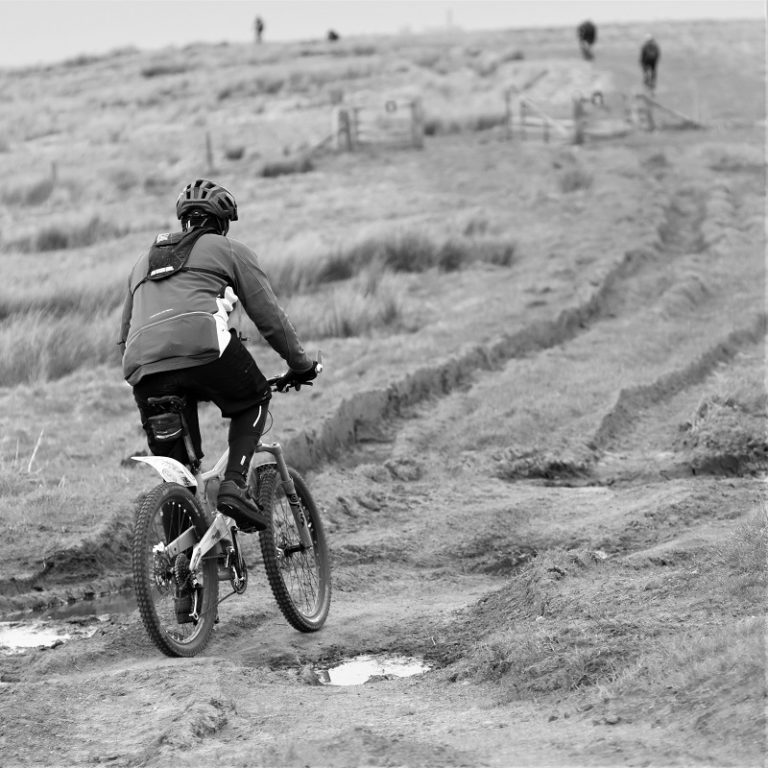
Weakest Link
If you are riding in a group where you are one of the weaker climbers, try to start the climb at the front. This gives you the chance to set the group pace, but in addition gives you the opportunity to gradually slide to the back of the bunch, without being completely dropped out of the group.
Fuel
Arriving at the foot of a long climb with no energy is a bad situation to be in. Try to eat little and often throughout your ride to stop this from happening. Make a mental note of where the big climbs of the ride are, and remember to eat with them in mind.
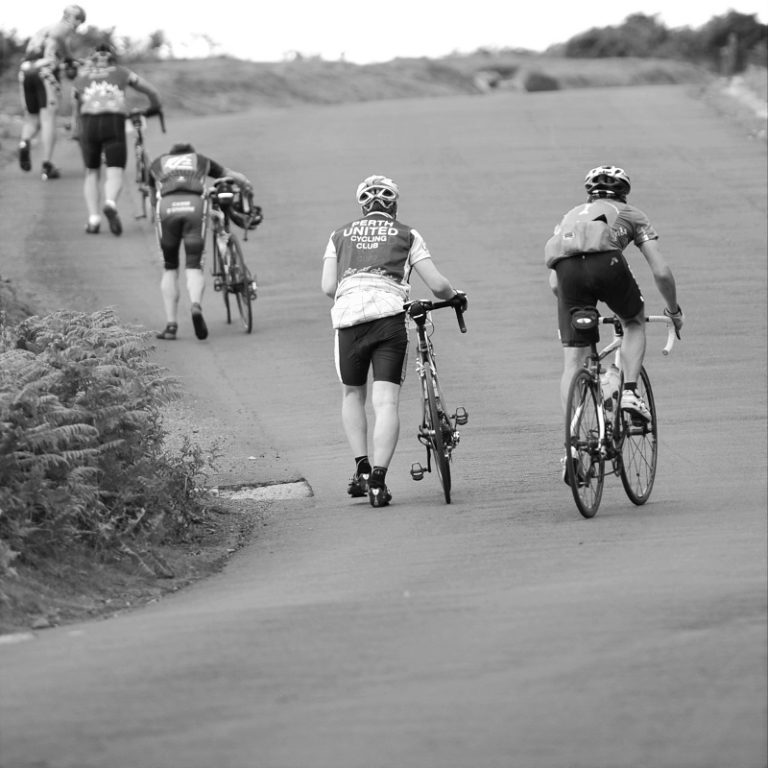
Breathing
Keep calm. Control and regulate your breathing and take big lungfuls of fresh air. It is easy to get carried away and take shallower, faster breaths but it’s worth trying to calm down and control it. Fast, shallow breathing can put you under more stress and increase your heart rate.
Suits you Sir
Even when your climbing has improved, not all climbs will suit you. Specialist hill climbers have their preferences within climbing. Short, steep climbs tend to suit more powerfully built riders. Long steady climbs tend to suit the skinnier, lightweight types. Get to know which climbs suit you and you can start to enjoy riding them more.
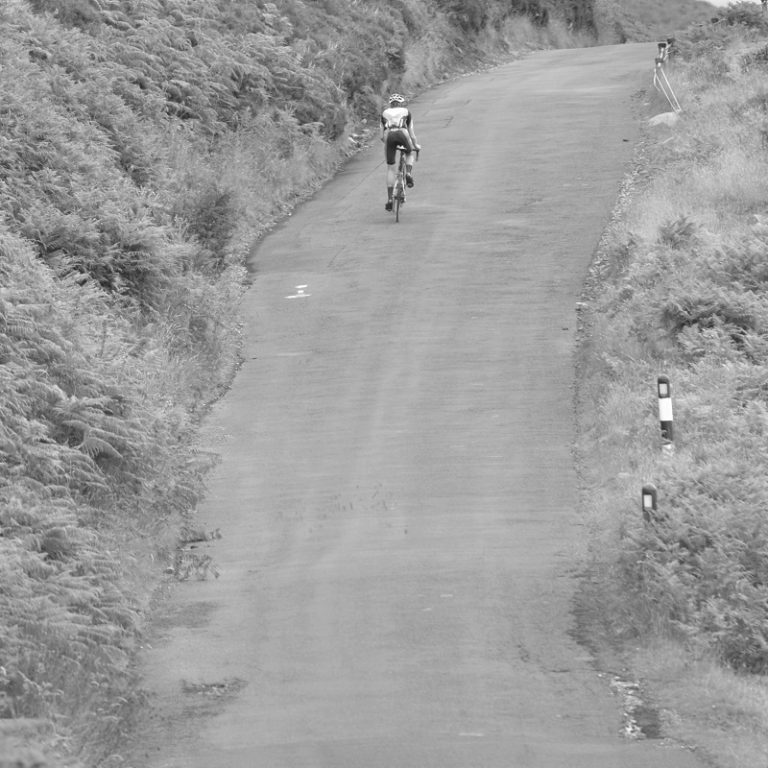
Judge your Effort
Managing your effort on one hill can be tricky on a long ride. Try to start climbs slower and finish them faster, this is a good way to ‘dose’ or control your effort. If there is an easier section of the climb either use that for recovery before the next tough section or use it to increase speed, depending on how you feel and how long there is to go on the ride. A GPS device or computer can help you to gauge your effort.
Hill Billy
Riders who struggle on climbs can tend to avoid them, which means they will continue to struggle. If you live in a particularly hilly area and avoid climbs, you will probably get tired of the same valley roads. The best way to improve your climbing is to do it more often. Regular hill riding will improve how well you climb, developing skills and strength which will assist your general riding ability. Time spent improving climbing skills can also have the knock-on effect of improving descending skills too. What goes up, must come down!
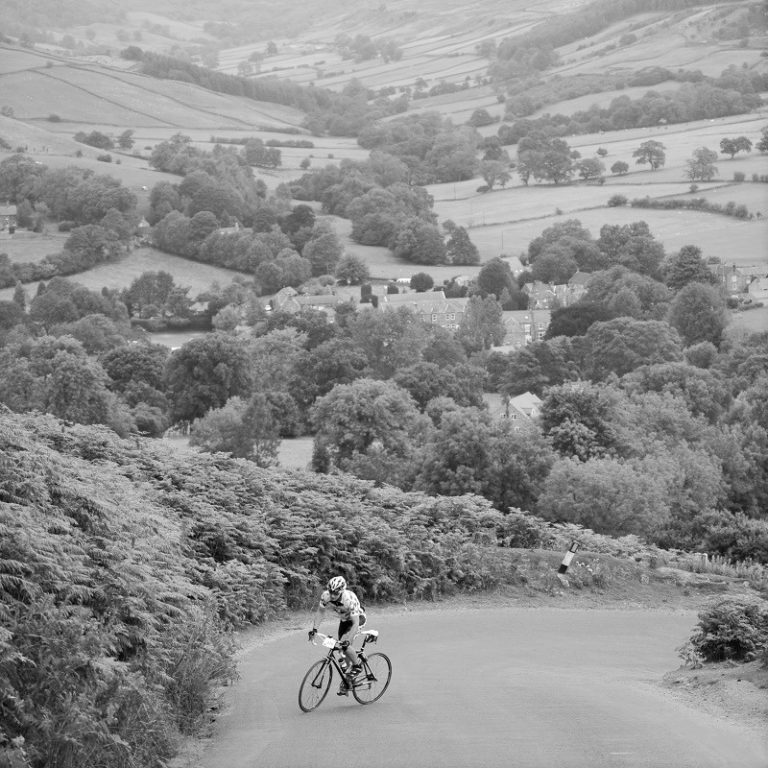
Reduce Weight – The Harder Route
Climbing is primarily a battle against gravity. If you are climbing with excess body weight, you are already at a disadvantage. Increasing your power to weight ratio is the key to improving your climbing. Losing weight will reduce the power you need to climb at the same speed or increase your climbing speed at a given power output. Improving power output is best targeted through the help of a coach who can offer guidance depending on your specific needs. Before planning serious weight loss whilst training, it would be wise to seek advice from a qualified Nutritionist.
Reduce Weight – The Easier Route
Reducing the weight of your bike can also help your climbing. Removing any unnecessary weight is a good place to start. Whilst a new lighter bike could be a shortcut route to improved climbing, lower cost options such as lighter tyres & tubes can also have a noticeable effect. An obvious but often overlooked very ‘regular’ method of weight loss is to make sure you go to the toilet before riding. With an average combined weight of around 4-600 grams, this is not to be sniffed at. Quite literally.
Everesting
If you are very fit, have a love of climbing and fancy a challenge, why not give Everesting a go? Everesting involves riding to the top of your favourite hill and then descending and re-climbing it, over and over again. Continue this until either, it is no longer your favourite hill and you go home, or until your GPS device indicates you have hit 8848 metres climbed (The height of Everest).
Read Shaun ODwyer’s guest blog about his Everesting challenge here.
Sunnier Climbs
If you are planning to take on some foreign road climbs, bear in mind that the climbing may go on a fair bit longer than it does in the UK. The longest UK road climb is Cragg Vale at 9.1 kilometres (281 vertical metres). Alto de Letras in Columbia is cramp-inducing 80 kilometres long (3800 metres vertical metres), many other countries have climbs longer than 20 kilometres. However, the UK is home to some of the steepest, including Hardnott Pass and Rosedale Chimney both with sections of around 33%.
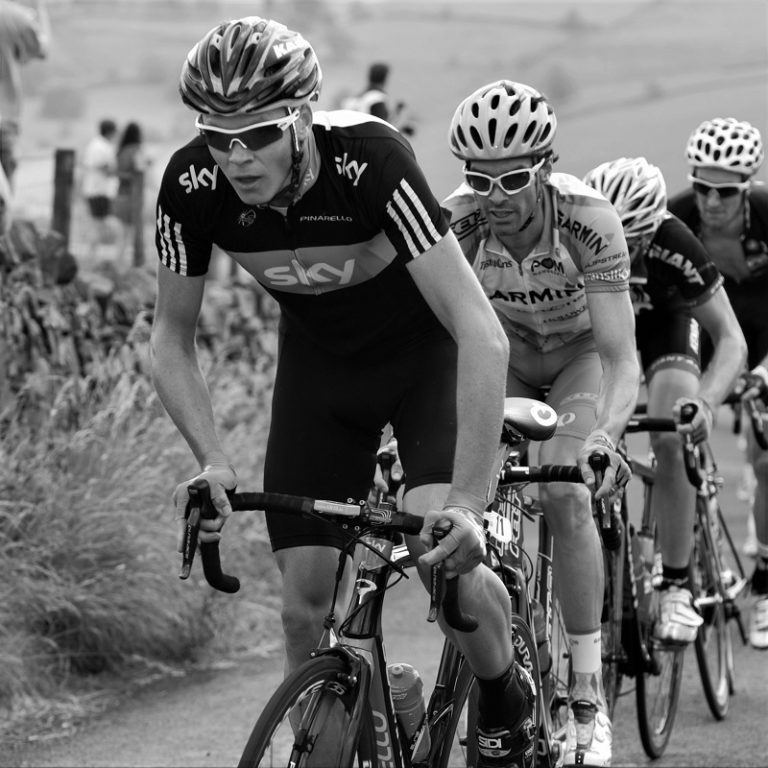
Improved climbing can increase confidence and open up new challenges such as those hillier sportives which you may have previously avoided. Furthermore, not fearing climbs can also unlock new routes to reinvigorate your regular rides, broadening your horizons and give you some cracking views from the top!

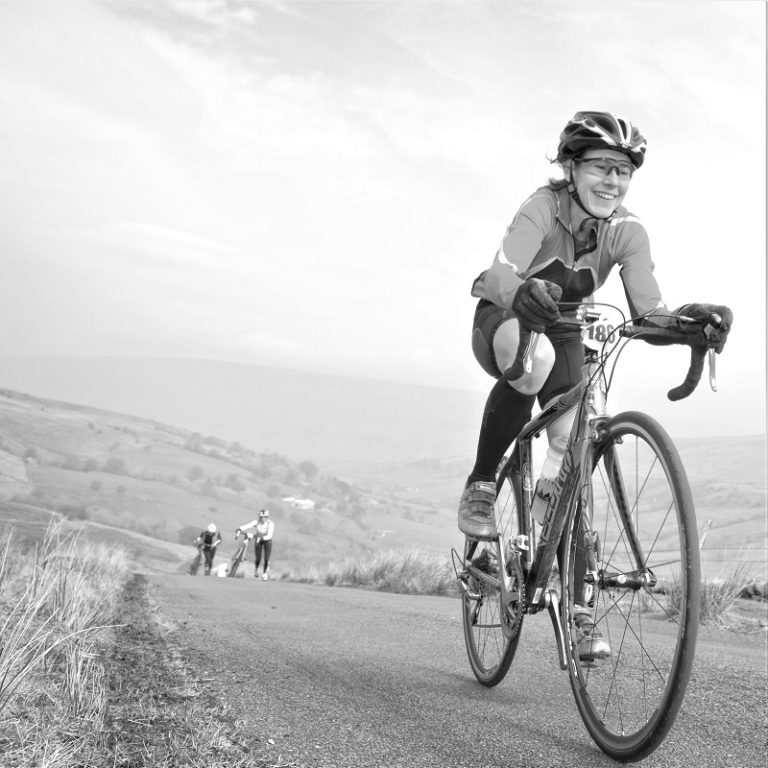
Nice article. I used to fear hills but have come to enjoy them in a masochistic sort of way by losing weight and by practising lots! I do favour the short, sharp type of climb rather than the long, shallow type of climb, and that fits in with what you said about short, steep climbs tending to suit more powerfully built riders.
Thank you.
It ‘s very helpful.
Everesting 🙂 Nice idea 🙂